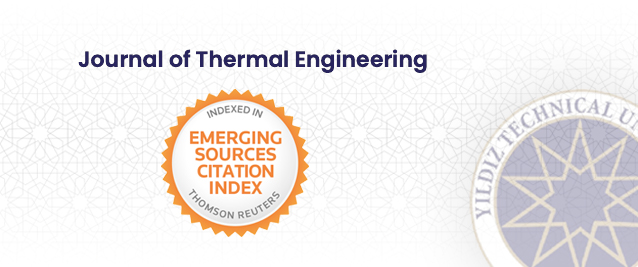2University of Detroit Mercy Detroit, MI, USA
Abstract
Metal foam- a relatively new class of porous media- has many advantageous properties relevant to many engineering applications. The internal structure of the foam has connected cells each having many ligaments that form a web. In addition, metal foam has very high porosity (often greater than 90%) and a large accessible surface area per unit volume. These properties are relevant to filtration, heat exchange and reactors. Flow regimes, and transition from one to another, are critical for understanding the pumping power for flow through the foam. The current study will shed some light on pressure drop and flow regimes in metal foam. In particular, a large set of experimental data for pressure drop of water flow in commercial open-cell aluminum foam having 10 pores per inch and a porosity of 88.5% was collected. The range of flow Reynolds number covered all important flow regimes. The current data correlated very well using the friction factor based on the square root of the permeability (measured in the Darcy regime) as a function of Reynolds number based on the same length scale. It is shown that the same foam exhibits different values of its permeability and Forchheimer coefficient in different flow regimes. The findings of this study can help in numerical and analytical work concerning flow and heat transfer in commercial open-cell metal foam and other similar foam-like porous media.






















